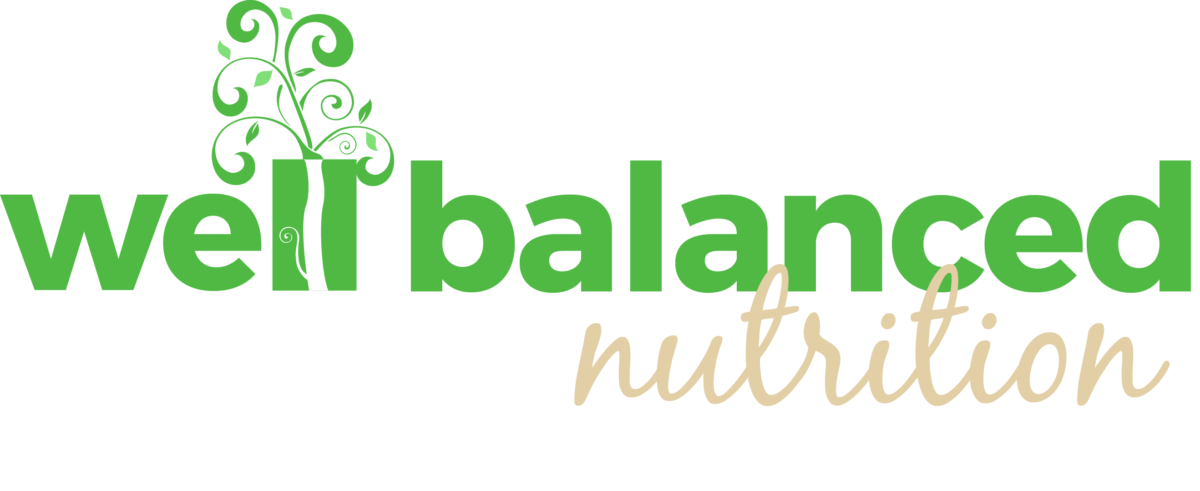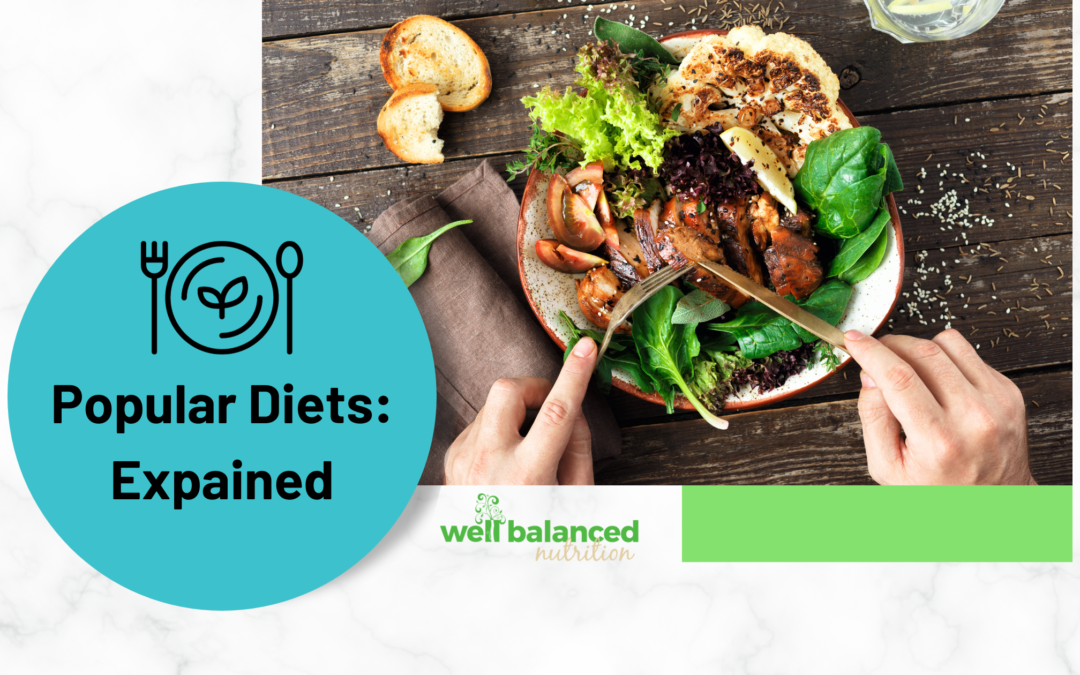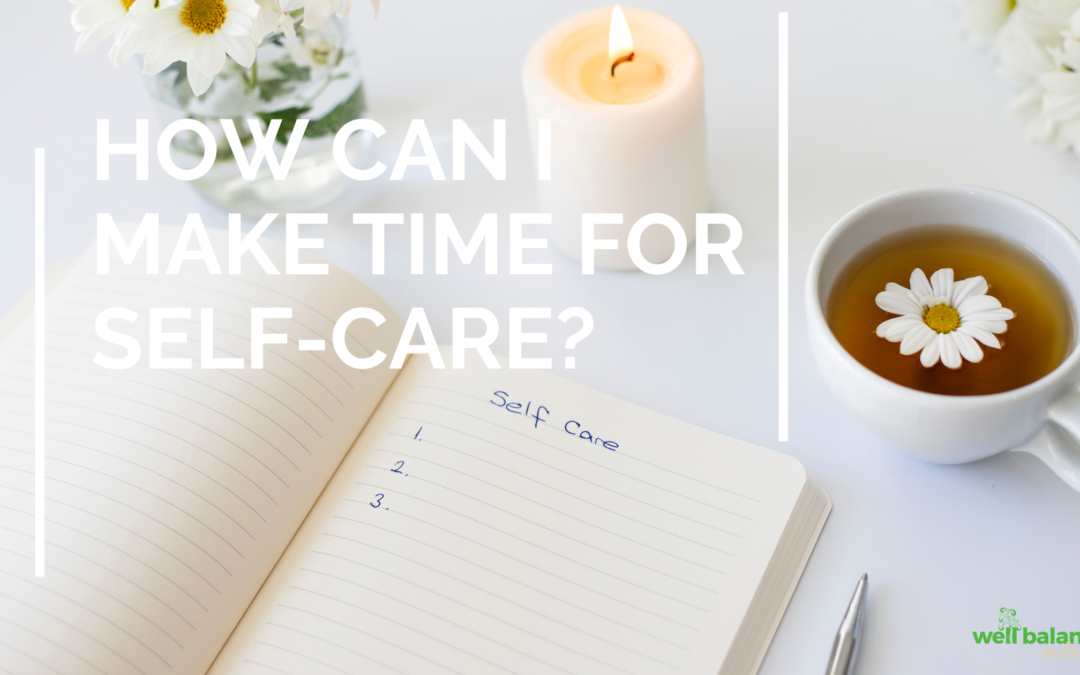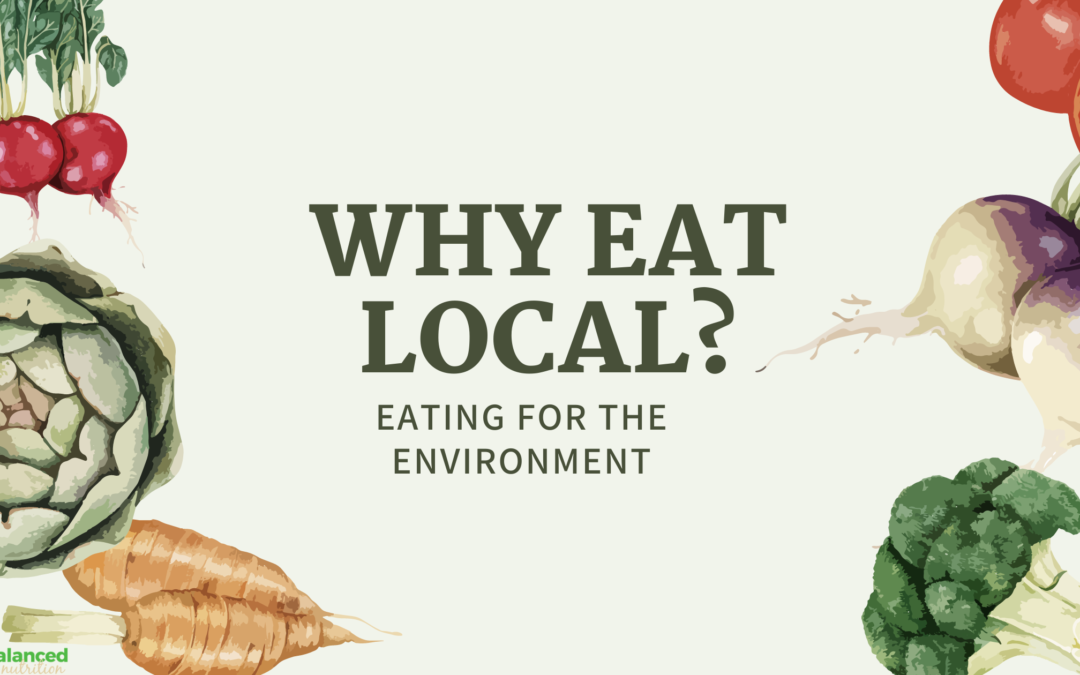For Super Bowl weekend I was looking forward to eating chicken wings with celery, blue cheese dressing, and sweet potato fries. Then I woke up Saturday morning with a pit in my stomach knowing it was going to be “one of those days.” I can often tell when I wake up if I’m going to have and upset tummy that day. Typically, it starts with a lame bowel movement (sorry if that’s TMI) then it’s followed by low-grade discomfort and occasional nausea.
How do I know it’s a flare-up?
For me (Lucy), it’s been years of learning to listen to my body, tune in to my symptoms, and make adjustments. Most people feel awkward talking about their bowel movements (aka poop); however, that can often be a good indicator of how things are going in your digestive system.
Did you ever watch when Oprah would feature Dr. Oz who introduced Americans to what our intestines look? I’ll never forget, I was a sophomore in college and my mom called me geeking out because Dr. Oz was on TV talking about poop. At that time, this had become a regular topic of conversation because part of learning about food and nutrition is also learning about what comes out the other end.
Anyway, after 2012, and the unfortunate stomach virus, my digestive system changed and so did my poo. Also, one of my initial symptoms included sharp stabbing pains in my gut after I ate almost anything (thank goodness for oatmeal). Nowadays, in a flare-up I feel puffy, bloated, and extremely full after eating even a small meal. Sometimes I get a low-grade headache and nausea. Mostly, it’s just plain uncomfortable. It may take away the desire to eat regular meals and snacks.
By the way, IBS cannot be self-diagnosed. It is a functional disorder that primarily effects the bowels and includes various symptoms including irregular bowel movements, bloating, and/or nausea. There are also tests that can eliminate other potential diagnoses, such as celiac disease and Crohn’s disease.
Every body is different.
The other day while discussing IBS-like symptoms my client, Susan*, talked about the “ickiness” of discussing this problem in public. Susan had decided to do the low FODMAP diet to find out which foods were triggering her symptoms. She recognized most people don’t want to talk about what’s happening at the other end of your digestive system. Susan mostly referenced the pain and discomfort that comes with eating trigger foods. She also talked about her own symptoms, which are different than mine, and included a “gurgle-y stomach,” which was her first indicator that something that did not sit well in her gut.
Start with noticing
If you are suspicious about irregularity or other pain and discomfort in your digestive system we recommend starting to notice when, how often, and what the symptoms are. If you’re so inclined, I always recommend food and symptom journal to start to give you a better idea and understanding of how food and symptoms may be connected.
If you’re tired of feeling crappy and ready to find out ways to get on the path of healing contact us. We’re happy to help 🙂
*Name changed to protect privacy.




